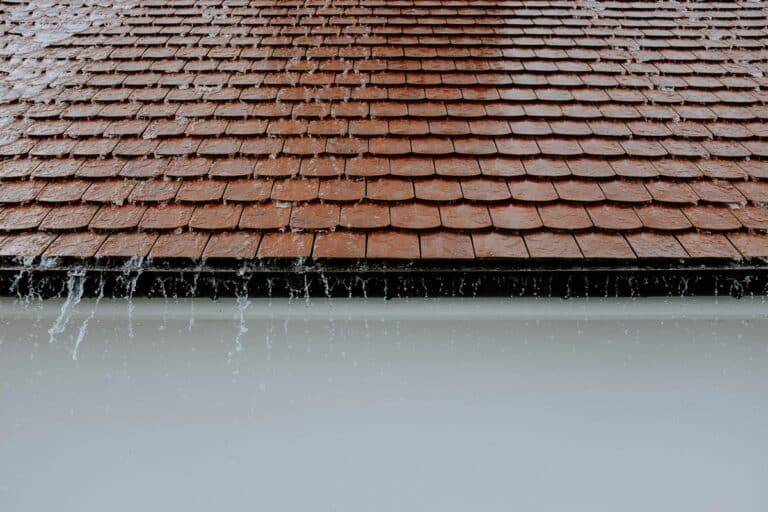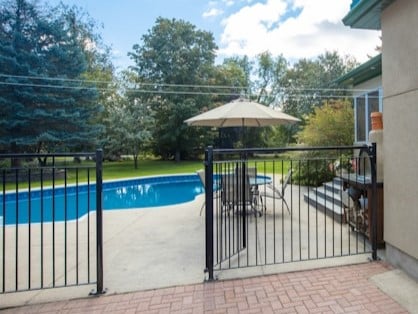In the world of sustainable living and creative home decor, repurposing yard waste into functional furniture is a growing trend. One such eco-friendly project that combines beauty with utility is the DIY Tree Stump Side Table. In this guide, we will walk you through the step-by-step process of transforming a small tree stump into a stylish addition to your home decor. Embrace the natural beauty of New Zealand’s landscapes by incorporating a touch of natural elegance into your living space.
Materials Needed
Before embarking on this creative journey, gather the necessary materials:
- Small Tree Stump: Select a sturdy stump, preferably with a flat top, to serve as the table’s surface.
- Sandpaper (Coarse and Fine Grit): Smooth out rough edges and prepare the surface for finishing.
- Wood Sealant or Varnish: Protect the stump from moisture and enhance its natural colour.
- Paintbrush: Evenly apply the protective coating or varnish.
- Level: Ensure the stump sits flat and stable.
- Screwdriver: If you opt for additional features like a base or legs,.
- Decorative Elements (Optional): such as a glass top, rope detailing, or paint for a personalised touch.
Step 1: Stump Selection
Begin by choosing a small tree stump that complements your interior decor. Consider the size, shape, and overall aesthetics of the stump. A flat top provides a convenient surface for your DIY side table.
Tip: Observe the Stump’s Character Look for unique features in the stump, such as natural patterns or knots. These can add character to your finished side table.
Tip: Multiple Stumps for Versatility Consider using multiple smaller stumps for a clustered side table arrangement, providing versatility and visual interest.
Step 2: Cleaning and Preparing the Stump
Clean the stump thoroughly, removing any dirt or loose bark. Use a brush to eliminate debris from crevices. Once cleaned, let the stump dry completely before proceeding.
Tip: Natural Pest Prevention If your stump has signs of insect activity, consider treating it with a natural insect deterrent or sealing it thoroughly to prevent further infestation.
Tip: Creative Cleaning Techniques Experiment with eco-friendly cleaning solutions like vinegar and water mixtures for a chemical-free approach.
Step 3: Sanding
Smooth out the surface and edges of the stump using coarse sandpaper, followed by a finer grit for a polished finish. This step not only enhances the visual appeal but also ensures a splinter-free end product.
Tip: Hand Sanding vs. Power Sanding Depending on the size and complexity of your stump, you may opt for hand sanding or use a power sander for a more efficient process.
Tip: Dust Control Consider sanding the stump outdoors or in a well-ventilated area, and wear a mask to protect yourself from wood dust.
Step 4: Applying Wood Sealant or Varnish
Protect the stump from the elements by applying a wood sealant or varnish. Choose a product suitable for indoor use and follow the manufacturer’s instructions for application. A paintbrush can help achieve an even coat. Allow sufficient drying time before moving on to the next step.
Tip: Outdoor-Friendly Sealants If you plan to use your side table outdoors, opt for a sealant explicitly designed for exterior wood applications.
Step 5: Optional Decorative Elements
This is the stage where your creativity can shine. Consider adding unique elements such as a glass top for a modern touch, rope detailing for a coastal vibe, or a splash of colour with paint. These personal touches will make your DIY tree stump side table a one-of-a-kind piece.
Tip: Sustainable Decor Additions Incorporate sustainable elements like recycled glass for the tabletop or repurpose old fabric for a decorative rope wrap.
Step 6: Levelling
Ensure the stump sits level on the floor. If needed, use a level to identify any uneven surfaces. For additional stability, consider attaching a base or legs using a screwdriver.
Tip: Adjustable Base for Stability Opt for an adjustable base to accommodate uneven flooring, ensuring a stable and balanced side table.
Step 7: Maintenance and Durability
To ensure the durability of your DIY tree stump side table, consider the following maintenance tips:
- Regular Cleaning: Wipe the table with a damp cloth to remove dust and debris.
- Reapply Sealant: Periodically reapply wood sealant to maintain protection against moisture.
- Avoid Direct Sunlight: If placed outdoors, position the table in a shaded area to prevent sun damage.
- Rotate the Table: If possible, periodically rotate the table to ensure even exposure to light and air.
Step 8: Showcasing Your Creation
Celebrate your creativity by incorporating the DIY tree stump side table into various areas of your home.
- Living Room Accent: Use it as an eye-catching accent table in your living room.
- Outdoor Oasis: Place it on your patio or deck for a natural and charming outdoor side table.
- Bedroom Charm: Add a touch of nature to your bedroom by using it as a unique nightstand.
Conclusion
By following these useful steps and tips, you can transform a discarded tree stump into a stunning and functional side table. Embrace the natural charm of New Zealand’s landscapes by incorporating this DIY project into your home decor. Not only does it contribute to sustainable living, but it also adds a touch of Kiwi ingenuity to your living space. Enjoy the satisfaction of turning yard waste into a unique and stylish piece of furniture that reflects your style and commitment to a greener lifestyle.
Ready to embrace sustainable living? Start your DIY tree stump side table project today! Share your unique creations and be inspired by fellow enthusiasts in our community. Let’s bring the natural elegance of New Zealand’s landscapes into your home decor. Join us in the journey of turning discarded stumps into stylish, functional pieces that echo the spirit of Kiwi ingenuity.




